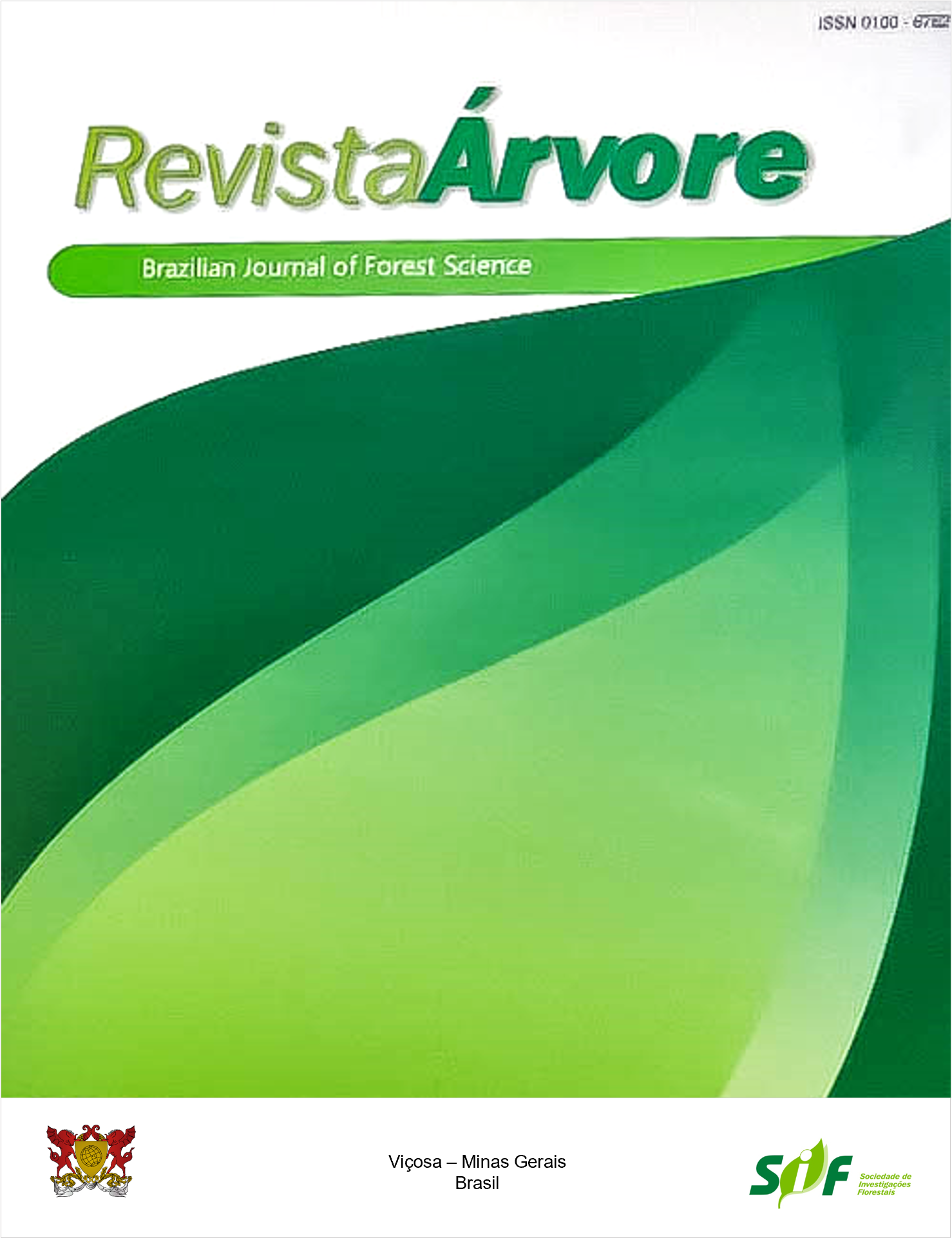ECONOMIC VIABILITY OF FOUR CHARCOAL PRODUCTIVE SYSTEMS FROM MINAS GERAIS STATE
Keywords:
Biomass energy, Gravimetric yield, Economic analysisAbstract
This work analyzed the economic viability of four charcoal productive systems from Minas Gerais state, namely: fornos-fornalha, rabo-quente, encosta and superfície. The evaluated systems have an estimated productive capacity of about 100 cubic meters of charcoal per month. Implementation and maintenance expenses and productive parameters were obtained in the literature and from local producers of Lamim (MG), a productive center in the state, during the year of 2018. Silvicultural costs were not considered, only the wood purchase. For the economic evaluation, Net Present Value (NPV), Modified Internal Rate of Return (MIRR), Payback, capex and opex were analyzed, and it was also evaluated the systems’ economic sensitivity to charcoal price and gravimetric yield variations. The main results showed that all the systems were economically viable by NPV criteria; only rabo-quente system was not viable by MIRR criteria; fornos-fornalha system presented the best economic results, greater capacity of net revenues and free cash flow generation, and lower operational expenses. This productive system was also less sensitive to charcoal price fluctuations and to its charcoal yield reduction. Given this fact, its insertion may be attractive in the productive reality of small and medium producers. In addition, the possibility of selling charcoal fines resulted in improvements in economic indicators, especially for traditional production systems: rabo-quente and encosta.
Keywords: Biomass energy; Gravimetric yield; Economic analysis
Downloads
Published
How to Cite
Issue
Section
License
Copyright (c) 2021 Revista Árvore

This work is licensed under a Creative Commons Attribution 4.0 International License.
All authors agreed to submit the work to Revista Árvore and granted the exclusive license to publish the article. The authors affirm that it is an original work and has not been previously published elsewhere. The scientific content and opinions expressed in the article are the sole responsibility of the authors and reflect their opinions, not necessarily representing the opinions of the editorial board of Revista Árvore or of the Society of Forest Investigations (SIF).




